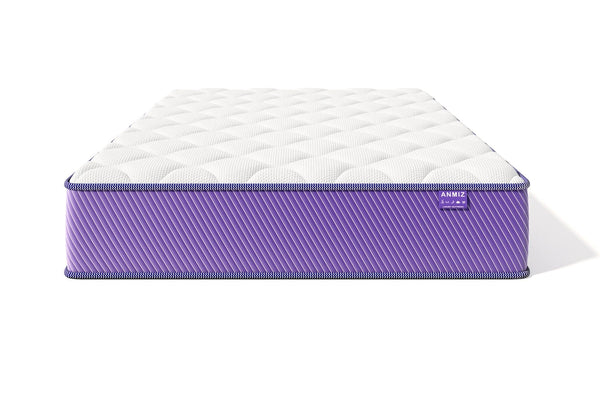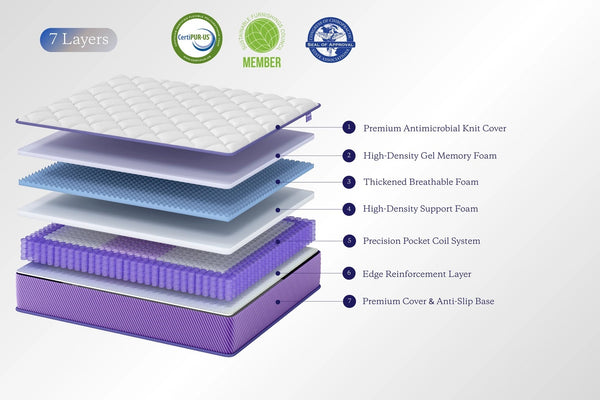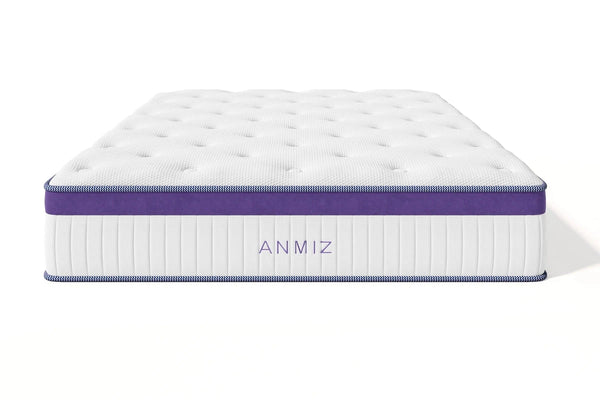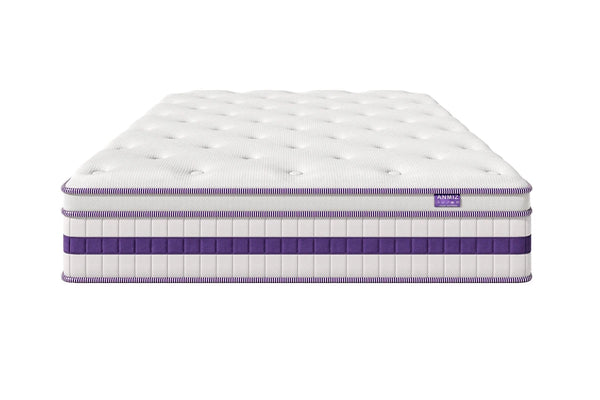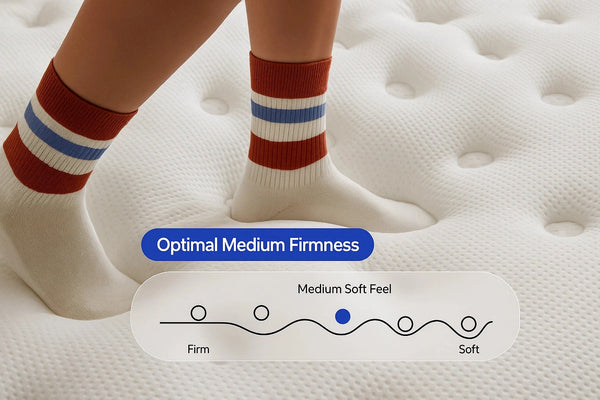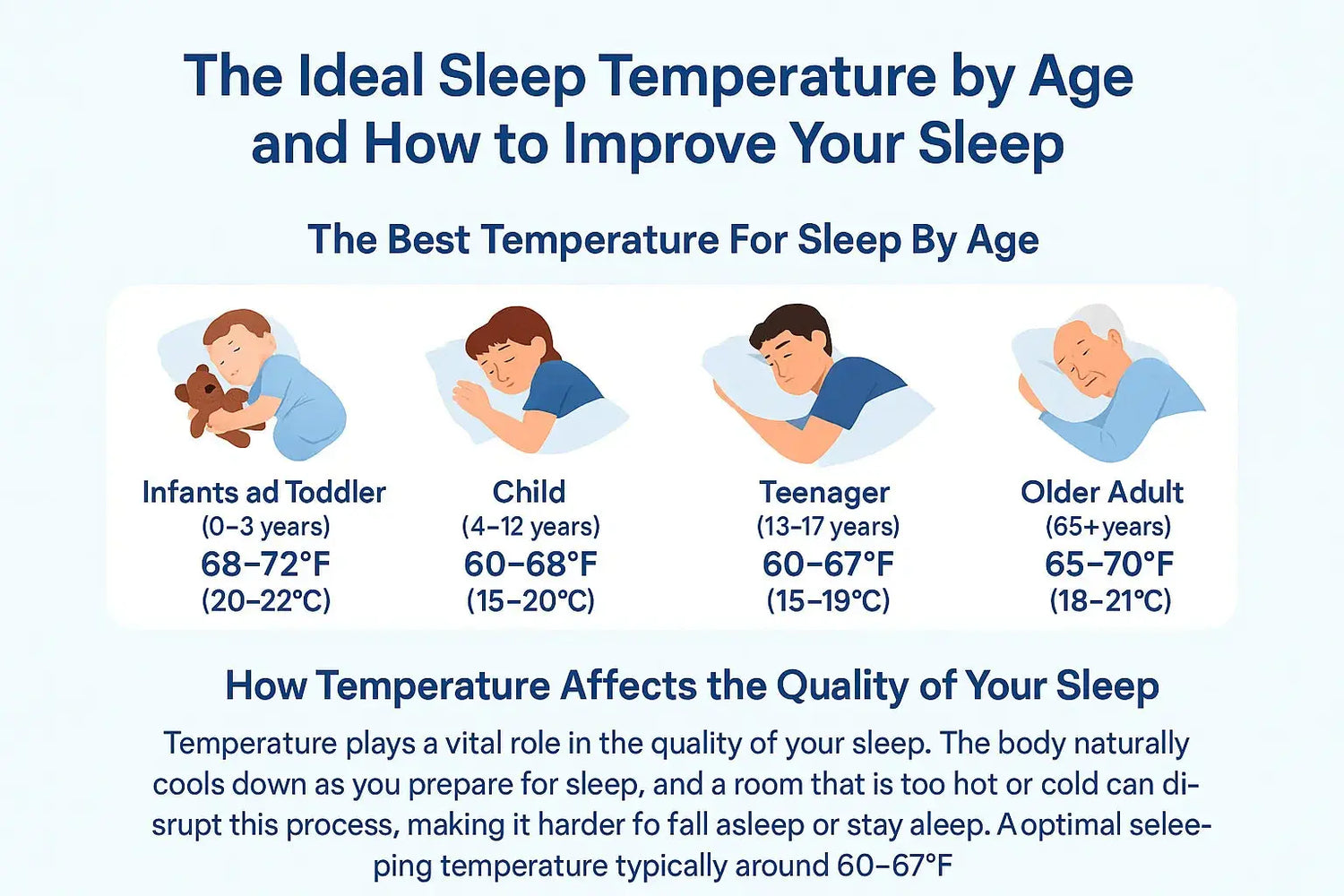
The temperature of your sleep environment plays a significant role in how well you rest and recover overnight. Whether you're a child, adult, or senior, the ideal sleep temperature can vary to suit your body’s needs. In this blog, we’ll explore the best sleep temperature for different age groups, how extreme temperatures impact your sleep, and provide tips for maintaining the perfect environment for restful, quality sleep. With the right adjustments, you can improve your sleep quality and wake up feeling refreshed.
The Best Temperature For Sleep By Age

The ideal temperature for sleep varies depending on your age and personal preferences. However, there are general guidelines to help ensure you sleep comfortably at every stage of life:
- Infants and Toddlers (0-3 years): Infants and toddlers sleep best in a room temperature between 68-72°F (20-22°C). Their bodies are not as good at regulating temperature, so maintaining a comfortable room temperature is essential for their sleep.
- Children (4-12 years): Children typically sleep well in a slightly cooler room, between 60-68°F (15-20°C), as this can help them stay comfortable while they rest.
- Teenagers (13-17 years): Teenagers may prefer a sleep environment between 60-67°F (15-19°C). Their bodies are still developing, and this temperature range is often optimal for better sleep quality.
- Adults (18-64 years): Adults generally sleep best in a room that's between 60-67°F (15-19°C). Anmiz mattresses, with Anmiz-Y™ foam for cooling comfort, can help maintain an ideal sleep temperature.
- Older Adults (65+ years): Older adults tend to sleep better in slightly warmer conditions, around 65-70°F (18-21°C). As we age, our bodies may not regulate temperature as efficiently, so a slightly warmer room might be more comfortable.
How Temperature Affects the Quality of Your Sleep
Temperature plays a vital role in the quality of your sleep. The body naturally cools down as you prepare for sleep, and a room that is too hot or too cold can disrupt this process, making it harder for you to fall asleep or stay asleep. A cooler environment promotes better sleep by helping your body reach the optimal sleeping temperature, typically around 60-67°F (15-19°C).
When the body is too hot, it may cause restlessness, night sweats, and poor sleep quality. Conversely, being too cold can make it difficult to relax and fall into deeper sleep stages, leaving you feeling unrested.
Hot vs Cold: How Extreme Temperatures Impact Your Sleep
Both extreme heat and cold temperatures can have a negative impact on your sleep:
- Extreme Heat: Sleeping in a room that's too hot can lead to discomfort, sweating, and increased wakefulness during the night. High temperatures may also interfere with REM sleep, which is the restorative stage of the sleep cycle.
- Extreme Cold: A room that's too cold can cause shivering, muscle tension, and difficulty falling asleep. While some people prefer colder temperatures, being too cold can make it hard to stay relaxed and comfortable throughout the night.
Tips for Maintaining the Best Sleep Temperature for You
Maintaining an ideal sleep temperature can significantly improve your sleep quality. Here are some tips to keep your sleep environment at the right temperature:
- Use Breathable Bedding: Choose sheets and blankets made from natural fibers like cotton or linen to promote airflow and avoid trapping heat.
- Invest in a Cooling Mattress: A mattress like Anmiz, with Anmiz-Y™ cooling foam technology, helps regulate temperature and prevent overheating.
- Adjust Your Sleepwear: Wear lightweight, moisture-wicking sleepwear to keep your body cool during the night.
- Use a Fan or Air Conditioner: A fan can help circulate air and regulate the room temperature, making it easier to sleep comfortably.
- Open a Window: If the weather allows, open a window to allow cooler air into the room.
- Control Humidity: High humidity can make a room feel hotter. Use a dehumidifier to maintain optimal humidity levels.
Is It Better to Sleep Hot or Cold?
The answer varies by person, but most research suggests that sleeping in a slightly cooler environment (60-67°F or 15-19°C) leads to better sleep quality for most people. While some individuals may find comfort in warmer temperatures, studies show that a cool room is generally more conducive to restful sleep and deeper REM sleep.
Suggested Table:
| Age Group | Recommended Sleep Temperature |
| Infants & Toddlers (0-3 years) | 68-72°F (20-22°C) |
| Children (4-12 years) | 60-68°F (15-20°C) |
| Teenagers (13-17 years) | 60-67°F (15-19°C) |
| Adults (18-64 years) | 60-67°F (15-19°C) |
| Older Adults (65+ years) | 65-70°F (18-21°C) |







